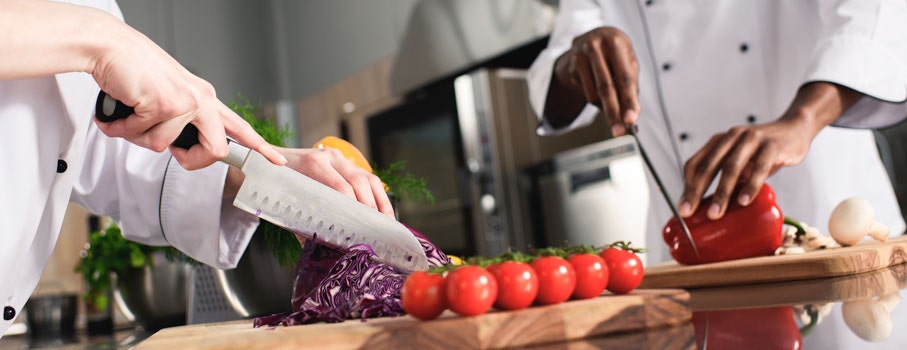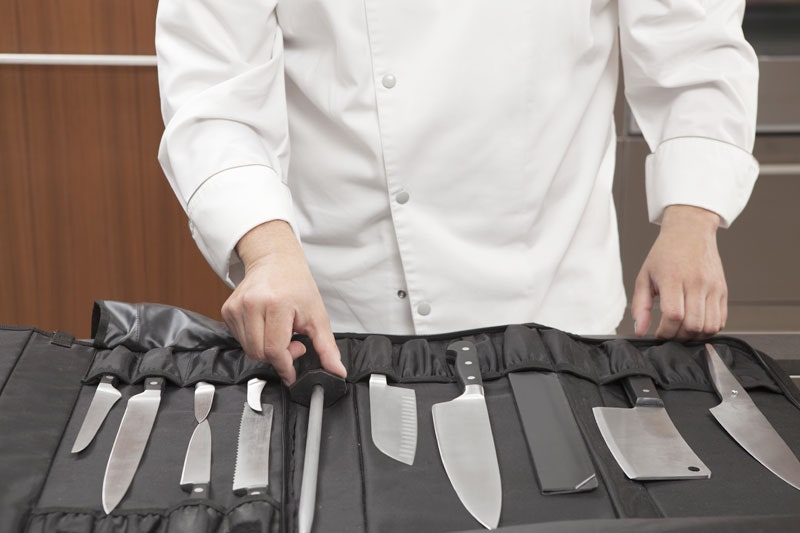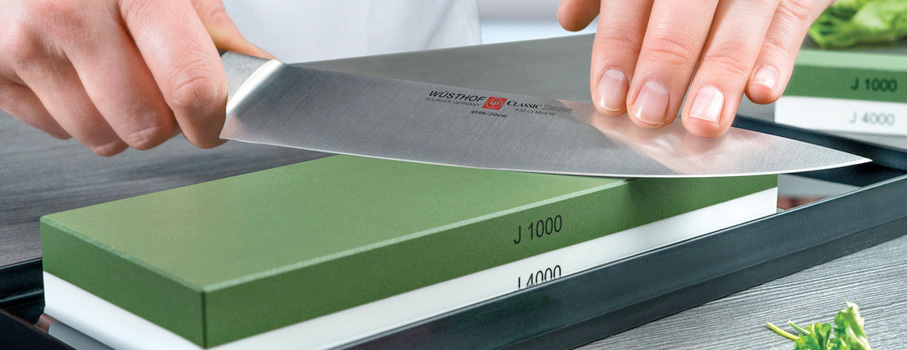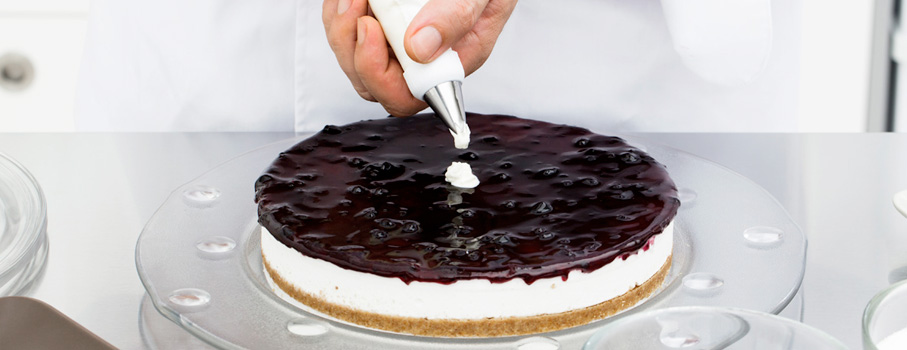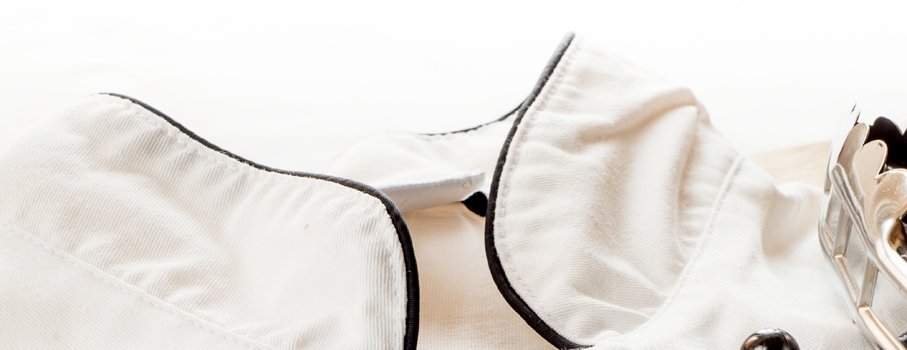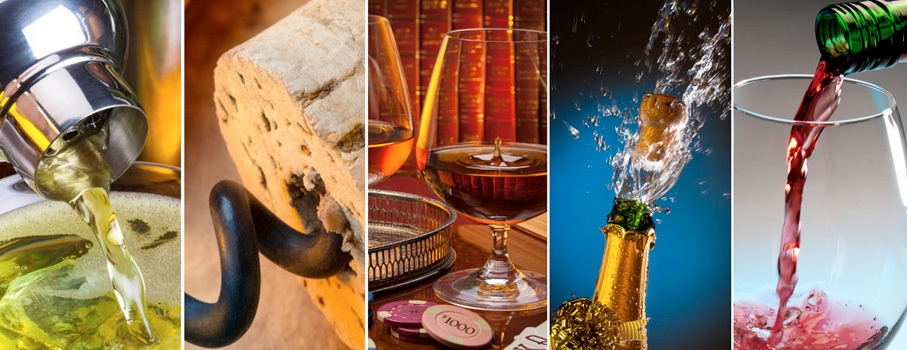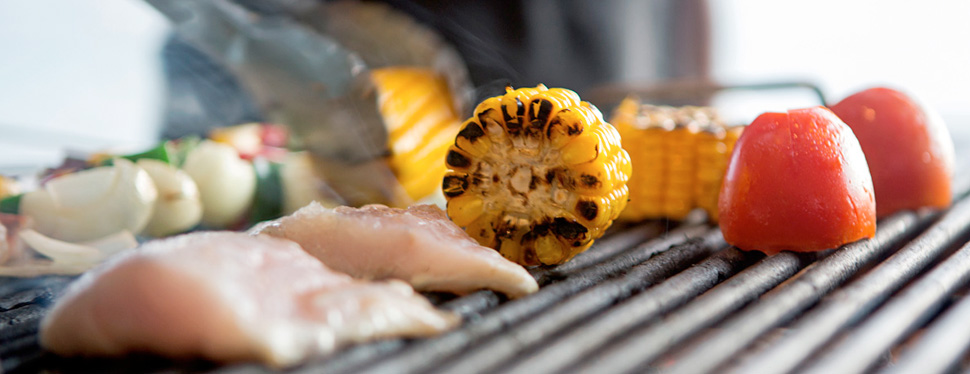Cake tins: from pastry to kitchen, how to choose

We celebrate birthdays, anniversaries, weddings, and important parties with a slice of cake.
Cakes are usually the main attraction on refreshment tables during important events. Initially, centuries ago, they were more like bread, gradually becoming sweet with the addition of honey and sugar. Today, they have become small works of art, showcasing the taste and skill of talented pastry chefs.
The choice of the correct cake tin is essential, just like using the right type of flour to achieve optimal consistency, flavor, and appearance.
The wide variety of shapes and styles of cake tins available makes it difficult to know which is the best type for making your cakes.
To help you select, below are details about the most common types of cake tins and their uses.
The next time you add a new dessert to your menu, this guide can help you narrow down all the types of cake tins to find the best option for your dish.
Even a proven recipe can be ruined by baking in the wrong cake tin, so it is important to know the characteristics of the type of cake tin you intend to use. By familiarizing yourself with both your recipe and the different types of cake tins, you will be able to find the perfect tool for the job.
Traditional Cake Tins
The traditional cake tin is not only typically round but also square or rectangular, and is the standard choice for baking many different types of cakes.
They are constructed from non-stick steel or aluminum, available in a variety of sizes, all with high, straight sides, and a flat bottom, allowing you to produce cakes that can be cut for leveling or even layering.
The heat conduction of aluminum or non-stick steel is excellent and ensures a good rise and even baking throughout the cake, thanks to the material of the cake tin, which absorbs the oven temperature perfectly.
Cakes baked in traditional cake tins are perfect for decorating.
Examples of uses for traditional cake tins:
- Layer cakes
- Pear or apple cake
- Margherita cake
- Sacher cake
- Wedding cakes


Springform Tins
Springform tins have a removable bottom and adjustable sides secured with a clamp.
Once the cake has cooled, simply open the clamp to release the sides.
You can leave the bottom of the tin under the cake while serving, or you can carefully remove it.
It is advisable not to cut the cake slices with a knife or sharp objects when the cake is on the bottom to avoid marking or scratching it.
They are available with a smooth bottom, rough bottom, dark or light non-stick. There is no difference in quality between light and dark non-stick.
The quality of the springform tin is determined by the thickness of the steel and the non-stick coating.
Springform tins are made of non-stick steel for good baking and easy removal of the cake.
Even if the tin is non-stick, it is advisable to butter or flour it before use.
Examples of uses for springform tins:
- Cheesecake
- Ice cream cake
- Sbrisolona cake
- Mattonella cake
- Grandmother's cake
Tart Tins
Tart tins have fluted edges and a maximum height of 3-4 centimeters.
They are made of non-stick steel.
They are perfect for pies with shortcrust or puff pastry bases, almond paste, or any dough rich in fat.
They can be found with a fixed or removable bottom.
This latter tin is made of two parts, with a removable base that allows for perfect removal of the tart from the mold.
Examples of uses for tart tins:
- Fruit tarts
- Quiches or savory pies
- Chocolate or cream tarts
- Low cakes with cream filling
Perforated Tins
Perforated tins have similar characteristics to tart tins. They are made of steel, have fluted edges, are 0.6 mm thick, and have a non-stick surface of 8-10 microns. They are perforated both on the sides and bottom for perfect baking of shortcrust and puff pastry.
The uses of perforated tins are the same as those of tart tins.
Their bottom is removable for easy removal.
Cake Rings
Cake rings are made of polished stainless steel and are perfect for mousse cakes or ice cream cakes.
Like traditional cake tins, cake rings have high sides, ideal for making layered cakes as well.
Cake rings have no bottom, and you can simply slide the ring up to release the cake once it has completely cooled.
Cake rings remain the best choice for extremely wet ingredients.
You can also use the rings for baked cakes.
To bake with a cake ring, place it on a baking sheet and then fill the ring with batter.
Pour the batter slowly to prevent it from spilling out of the ring.
Cake rings can be round, square, or rectangular.
Perforated cake rings have also been made with different geometries, a project by the Italian company Martellato, allowing for the creation of innovative cakes and desserts.
The rings can also be adjustable and expandable, both in round bands and in oval, rectangular, and square ones.
Examples of uses for cake rings:
- Mousse cakes
- Pudding cakes
- Cream cakes
- Ice cream cakes


Angel Food Cake Tins
Angel Food cake tins are also called tube pans. They are ring-shaped and have high sides that can be straight or slightly tapered.
These cake tins can be made of two separate pieces that fit together during baking and separate for easy removal of the cooled cake.
The central tube allows for faster baking as heat can circulate through the inner part of the cake.
Moreover, many Angel Food cake tins are not coated with a non-stick material so that airy recipes can adhere to the sides of the tin while rising in the oven.
Usually equipped with feet on the top edge, Angel Food cake tins are designed to be rested upside down during cooling to prevent the cake from collapsing.
Angel Food cake tins are specifically designed to achieve perfect and ultra-light baked goods.
Examples of uses for Angel Food cake tins:
- Chiffon cakes
- Genoise cakes
- Angel Food cakes
- Pineapple upside-down cakes
Silicone Cake Tins
Silicone cake tins are used for making small cakes and other desserts and are a great way to create desserts with uniform shapes and ergonomics, but with unique designs, either rounded or angular.
Their flexible silicone material allows you to easily remove your desserts from the mold once cooled or, in the case of ice cream cakes or mousses, to perfectly release them intact.
The platinum silicone of these cake tins is suitable for the oven and does not require coating or greasing, unlike other cake tins.
Compared to metal, silicone heats up slowly and does not conduct heat quickly like steel, but it has an impressive non-stick quality and allows excellent shaping of your cakes.
Examples of uses for silicone cake tins:
- Ice cream cakes
- Mousses
- Glazed cakes
- Cakes with innovative shapes
Once you have found the right recipe and purchased the best ingredients, selecting the right cake tin will surely ensure an excellent result for your cakes.
Cristina Passarotto
Credits: Cover photo by Andrea Vaccari, Chef and Photographer

 IT
IT FR
FR
